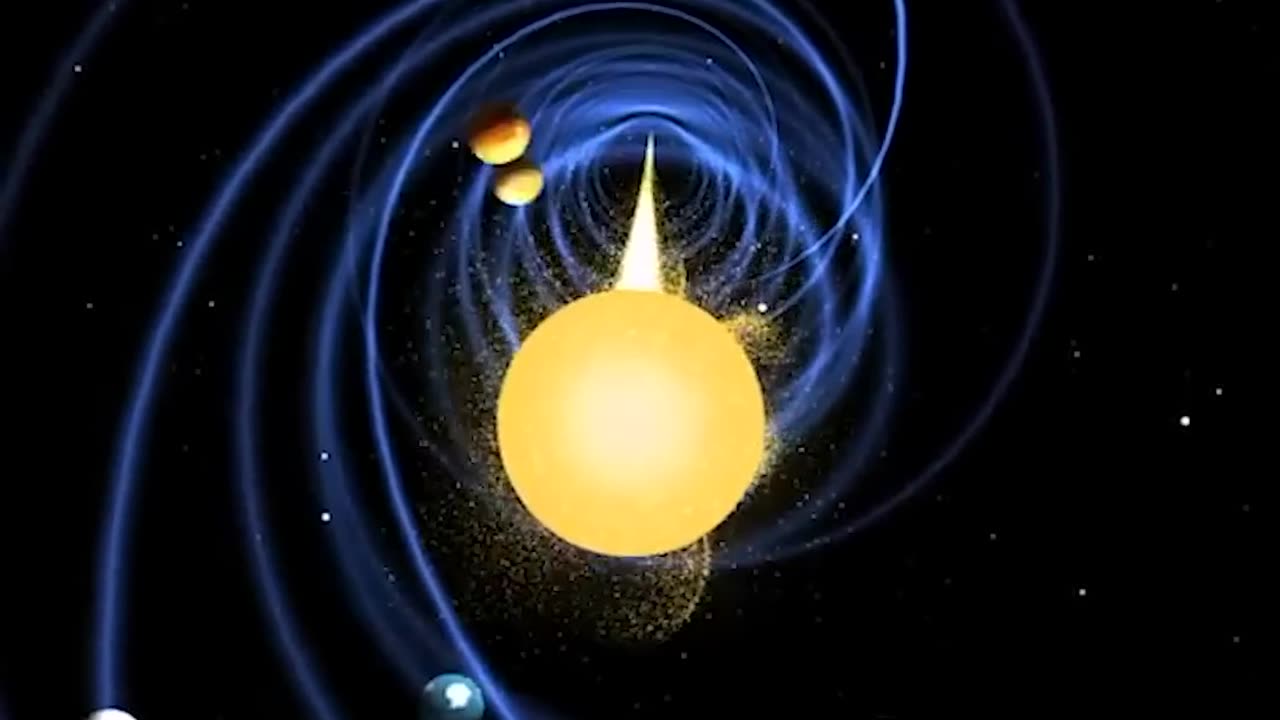Premium Only Content

Models of the Solar Sytem Geocentrism Vs Heliocentrism
Geocentrism and heliocentrism are two contrasting models of the solar system that were proposed to explain the motion of celestial bodies, especially the Sun, Moon, and planets, in relation to Earth. Here's a breakdown of each model:
Geocentrism:
Geocentrism is the older and more intuitive model, often referred to as the "Earth-centered" model. It posits that Earth is at the center of the universe, and all other celestial bodies, including the Sun, Moon, and planets, revolve around it in circular or complex orbits. This model was largely developed by ancient Greek philosophers and astronomers such as Aristotle and Ptolemy.
The main points of geocentrism include:
Earth is stationary and occupies the central position.
Celestial bodies move in complex circular paths around Earth.
Planetary retrograde motion (the temporary reversal of a planet's apparent motion in the night sky) is explained by having planets move in small circles called "epicycles" while their centers move along larger circles around Earth (deferents).
Heliocentrism:
Heliocentrism is the modern and widely accepted model of the solar system, also known as the "Sun-centered" model. It was notably proposed by ancient Greek thinker Aristarchus and later championed by Renaissance astronomer Nicolaus Copernicus. This model suggests that the Sun is at the center of the solar system, and the planets, including Earth, revolve around it.
Key features of heliocentrism include:
Sun is the central body of the solar system.
Earth and other planets orbit the Sun in elliptical orbits.
Planetary retrograde motion is explained by the relative speeds and distances of planets from the Sun.
Comparison:
Position of Central Body:
Geocentrism: Earth is at the center.
Heliocentrism: Sun is at the center.
Motion of Celestial Bodies:
Geocentrism: Celestial bodies move around Earth in complex patterns.
Heliocentrism: Celestial bodies, including Earth, move around the Sun in elliptical orbits.
Explanation of Retrograde Motion:
Geocentrism: Explained through the use of epicycles and deferents.
Heliocentrism: Explained by the varying speeds and distances of planets from the Sun.
Heliocentrism gained widespread acceptance due to the work of astronomers like Johannes Kepler, who formulated the laws of planetary motion based on the observations of Tycho Brahe, and Isaac Newton, who developed the laws of gravitation.
In summary, heliocentrism provides a more accurate and coherent explanation of the observed motions of celestial bodies and is the model that forms the basis of modern astronomy and our understanding of the solar system.
-
 1:25:29
1:25:29
Sarah Westall
2 hours agoX-Files True History, Project Blue Beam, Cabal Faction War w/ Former FBI Agent John DeSouza
13.3K2 -
 7:03:49
7:03:49
Dr Disrespect
9 hours ago🔴LIVE - DR DISRESPECT - NEW PC VS. DELTA FORCE - MAX SETTINGS
120K25 -
 49:04
49:04
Lights, Camera, Barstool
1 day agoIs The Monkey The Worst Movie Of The Year?? + Amazon Gets Bond
31.2K2 -
 24:19
24:19
Adam Carolla
21 hours agoDiddy’s Legal Drama Escalates, Smuggler Caught Hiding WHAT? + Philly Eagles & The White House #news
40.7K5 -
 10:12
10:12
Mike Rowe
2 days agoClint Hill: What A Man. What A Life. | The Way I Heard It with Mike Rowe
43.7K6 -
 1:31:52
1:31:52
Redacted News
5 hours agoBOMBSHELL! This is war! FBI whistleblowers reveal Epstein files being destroyed? | Redacted News
128K308 -
 48:55
48:55
Candace Show Podcast
5 hours agoSTOP EVERYTHING. They FINALLY Mentioned ME In The Blake Lively Lawsuit! | Candace Ep 152
115K106 -
 1:02:51
1:02:51
In The Litter Box w/ Jewels & Catturd
1 day agoWhere are the Epstein Files? | In the Litter Box w/ Jewels & Catturd – Ep. 750 – 2/26/2025
86.1K80 -
 1:59:06
1:59:06
Revenge of the Cis
6 hours agoLocals Episode 198: Suits
74.9K10 -
 1:38:56
1:38:56
SLS - Street League Skateboarding
1 day agoTop Moments from the Second Half of the 2024 SLS Championship Tour! All The 9’s 🔥
51.2K1